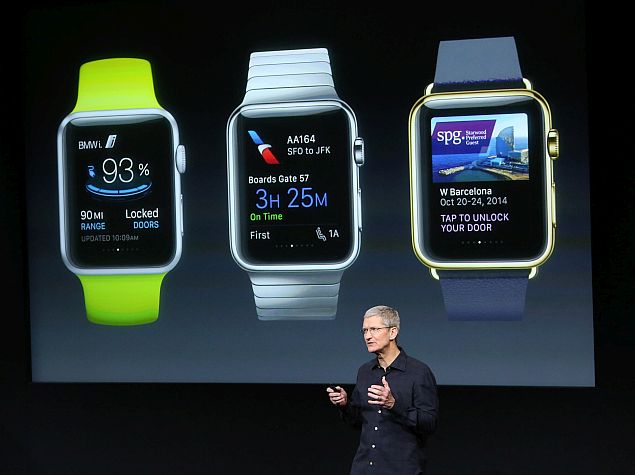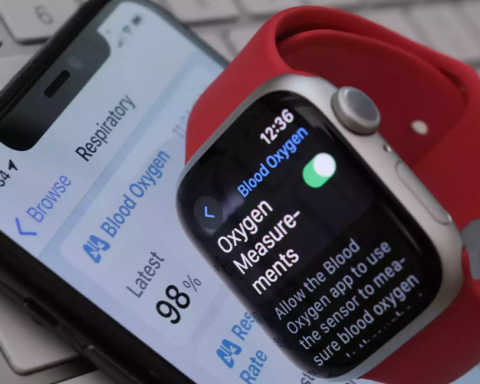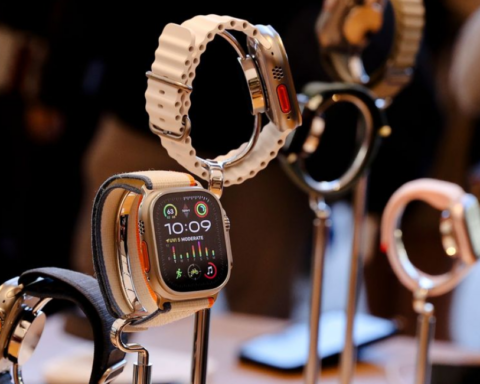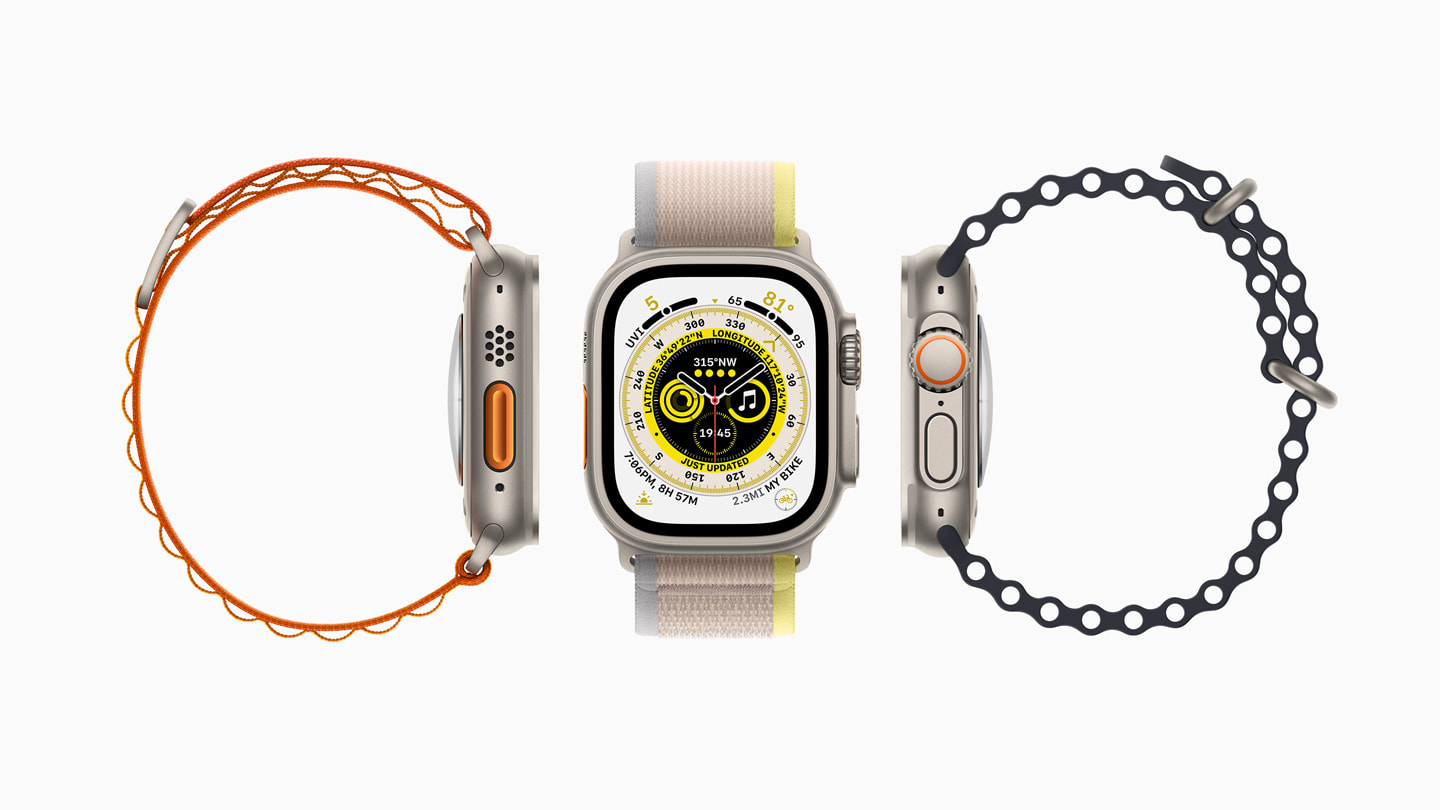With more than 50% of the high-end smartwatch market, the Cupertino giant’s Apple Watch still dominates the competition, but the market is changing and getting more crowded. The smartwatch industry was not founded by the Apple Watch, but it did give it direction and tremendous impetus. Since its release in April 2015, the Watch has structured and controlled the market for this expanding accessory, despite the fact that it is not nearly as important as a smartphone.
In its most recent analysis, Counterpoint Research, a market research company, presents some statistics about this Cupertino company’s dominance. According to reports, the Watch Series 8’s successful sales helped Apple’s third-quarter revenue increase by 48% year over year.
56% of all Apple Model sales would come from this particular watch. Apple would be able to control 50.6% of the global market for high-end smartwatches if it had a complete product lineup. Despite a drop from the previous quarter, when the Watch had 54% of the market, this quarter saw growth. This still occupies a privileged position. This appears to be the result of a slowdown in North America and Europe, Apple’s two major regions.
Despite a 5% gain, Samsung, Apple’s primary competitor, is still far behind with only 22.3% of the market for pricey smartwatches. The Galaxy Watch 5 dramatically increased sales for the Korean behemoth (+62%) in the most recent quarter. Its market shares, nevertheless, are declining 2.7% at all price ranges.
According to Counterpoint Research’s most recent Global Smartwatch Model Tracker, global smartwatch market shipments climbed 30% YoY in Q3 2022 despite inflation and geopolitical problems that have persisted since the start of this year. India’s market expanded 171% year over year during the quarter, making it the largest smartwatch market worldwide. Except for China and Europe, other markets also saw YoY growth.
Amazfit follows these two market leaders in third place with 7.1% of the market. Huawei came in second with 6.4% (and holds 3.2% of the market for entry-level smartwatches). The greatest authority on watches for demanding athletes, Garmin, is next and is listed last. 4.5 percent of the market is under the grip of the American company. Despite the fact that their sales did not rise from the prior quarter. It is interesting to note that Counterpoint Research reports that an average selling price of roughly 365 dollars resulted in an increase in sales of 11%. It is more expensive than Apple’s typical pricing. The Cupertino giant’s reasons for launching the Watch Ultra in September to tackle this market are now well understood.
It should be highlighted that the Google Pixel Watch is still too new to be counted in these sales statistics, so it will be required to wait a time to find out if it has been successful in securing a place in this market.
In any case, according to the analytics firm’s data, 2022 was one of the strongest years for the smartwatch industry to yet. This industry would have had a third-quarter increase of 30% in 2022, although being significantly smaller than the growth of smartphones. China in particular has seen a weaker or maybe nonexistent rise in this trend. India, a market with significant potential of its own, would have seen a 171% increase from one year to the next.
As a sign of some maturity, the smartwatch market is beginning to shrink. As a result, the submarket for less priced and powerful smartwatches more than doubled in the third quarter of this year. At the moment, it represents 35% of the market as a whole. Even so, sales of expensive linked watches rose by 23% when compared to the same period in 2016. especially considering that the market for entry-level goods is still ten times greater in terms of money than the market for top products. Strong sales figures and a much higher average price both clearly explain the situation.








